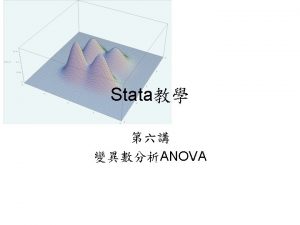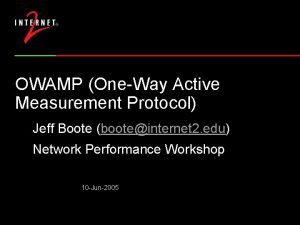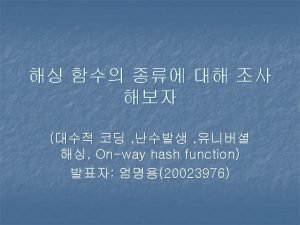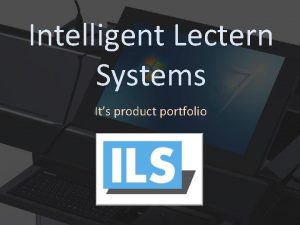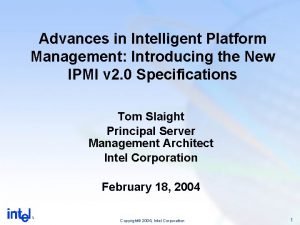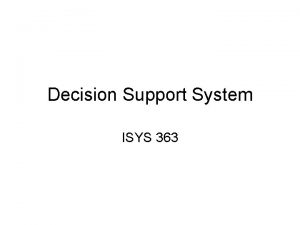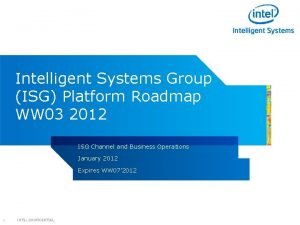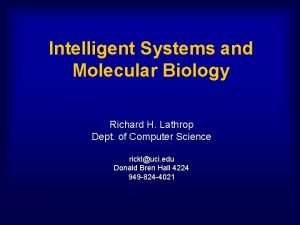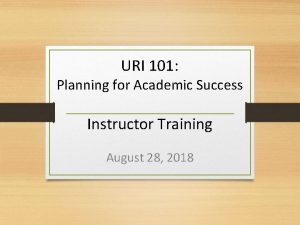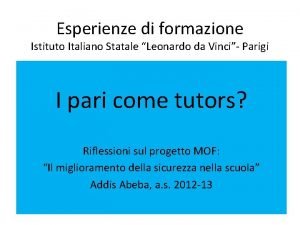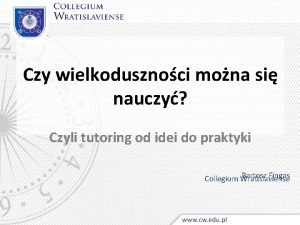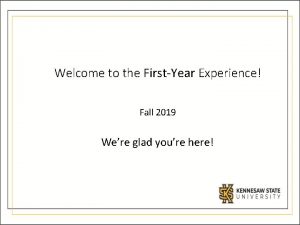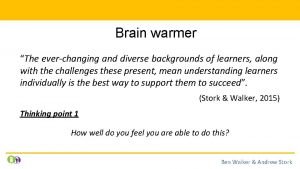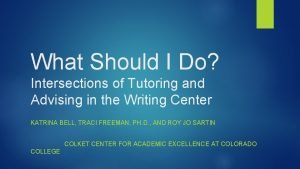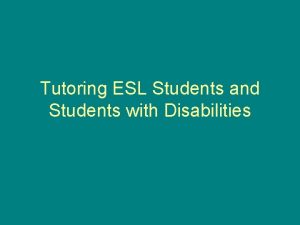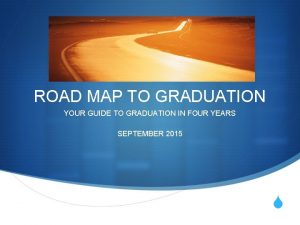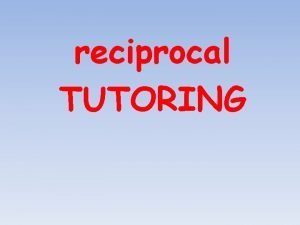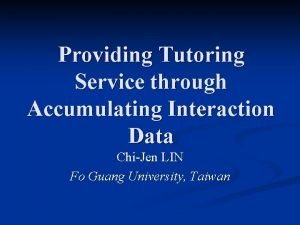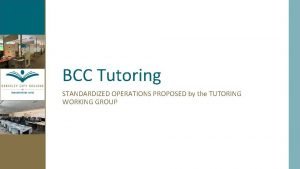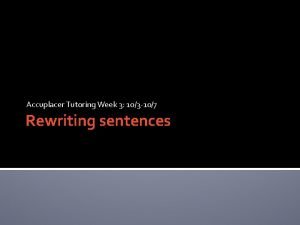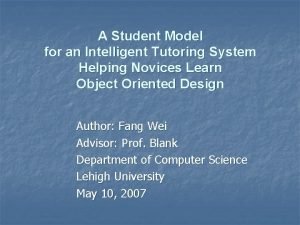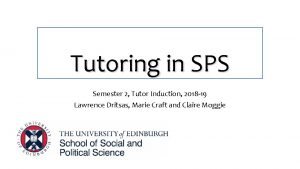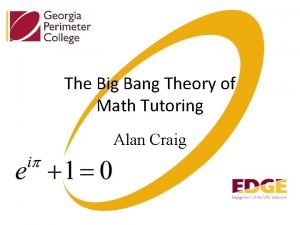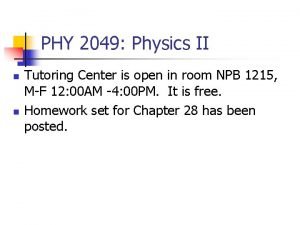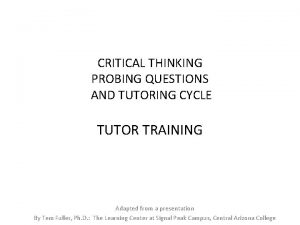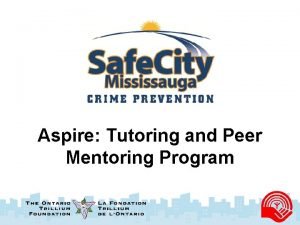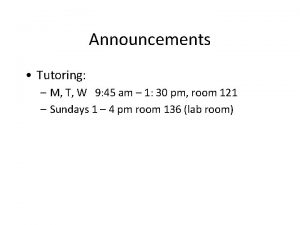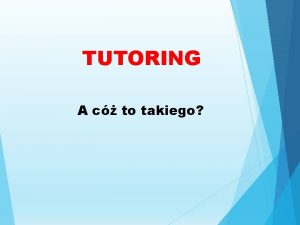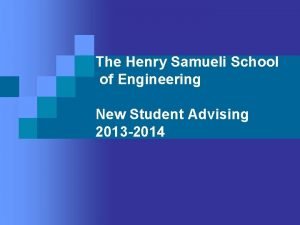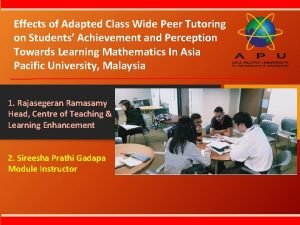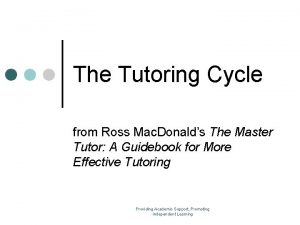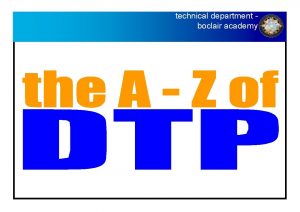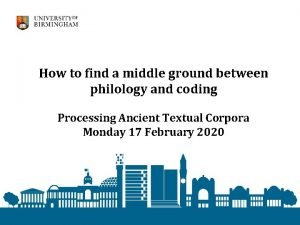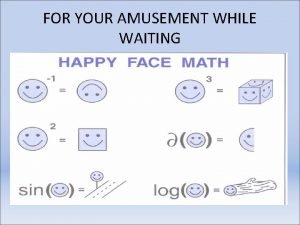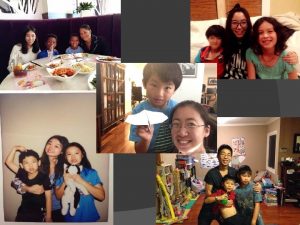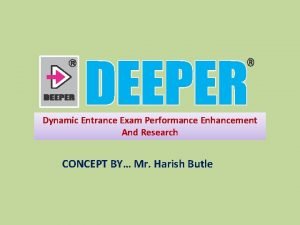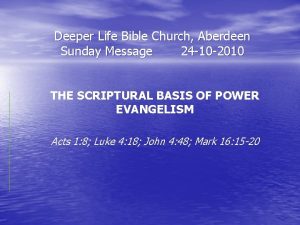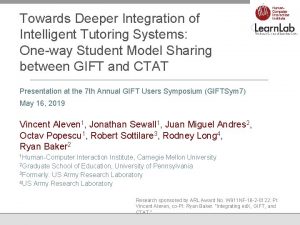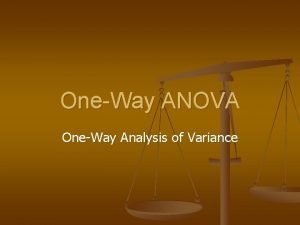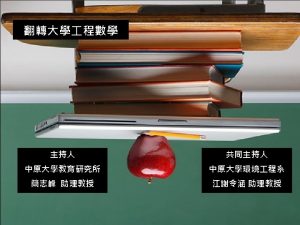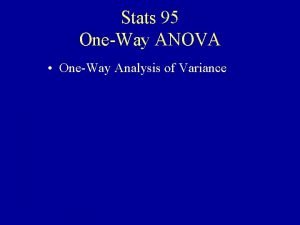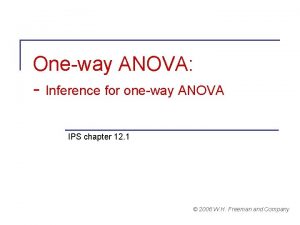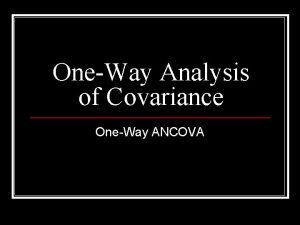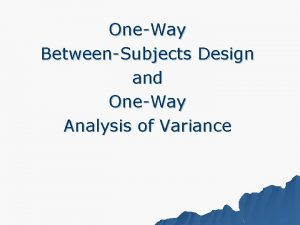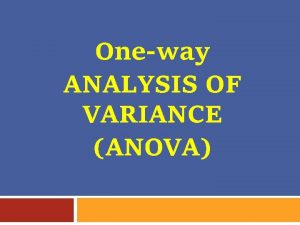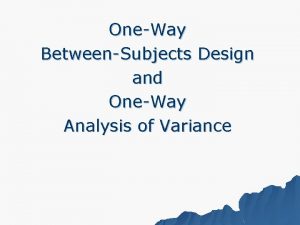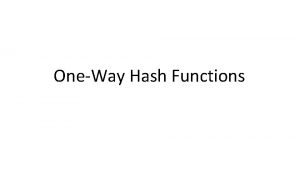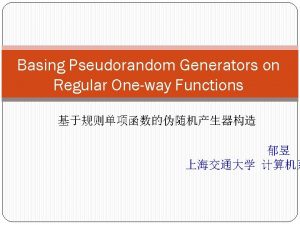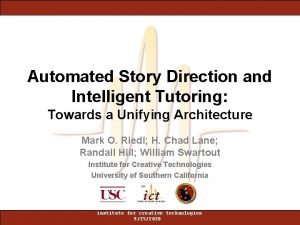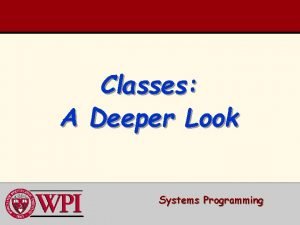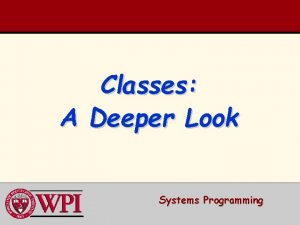Towards Deeper Integration of Intelligent Tutoring Systems Oneway




















































- Slides: 52

Towards Deeper Integration of Intelligent Tutoring Systems: One-way Student Model Sharing between GIFT and CTAT Presentation at the 7 th Annual GIFT Users Symposium (GIFTSym 7) May 16, 2019 Vincent Aleven 1, Jonathan Sewall 1, Juan Miguel Andres 2, Octav Popescu 1, Robert Sottilare 3, Rodney Long 4, Ryan Baker 2 1 Human-Computer Interaction Institute, Carnegie Mellon University 2 Graduate School of Education, University of Pennsylvania 3 Formerly: US Army Research Laboratory 4 US Army Research Laboratory Research sponsored by ARL Award No. W 911 NF-16 -2 -0122: PI: Vincent Aleven, co-PI: Ryan Baker. “Integrating ed. X, GIFT, and CTAT. ”

Overview • ITS integration is desirable, but rare • Some isolated instances, such as “detector” sharing • The major ITS paradigms are not interoperable • We achieved one-way student model sharing between GIFT and CTAT • Show a proof-of-concept in ed. X MOOC “Big Data in Education” 2

Main Questions • What is gained by integrating ITSs? • How was the integration of GIFT and CTAT accomplished? • What are the contributions? • What limitations and interesting possibilities for future work remain? 3

Advantages of Integrating ITSs • ITSs are complex creatures, with different characters and strengths • So, combining them could potentially lead to • More sophisticated tutors • More adaptive tutoring behaviors • More efficient authoring • Substantial set of potential advantages 4

Comparing GIFT and CTAT • GIFT and CTAT both support non-programmer approaches to ITS authoring • GIFT: Adaptive course flow objects can implement a broad adaptive pedagogy that includes declarative instruction, recall, and practice • CTAT: Non-programmer authoring of tutor interface and inner loop – many forms of adaptivity within complex problem solving 5

Context • We create an ed. X MOOC that is adaptive to students’ knowledge growth • To this end, we integrate GIFT and CTAT, and embed the combination in ed. X 6

Our Past Work in this Project • ed. X and other LTI consumers can invoke GIFT • GIFT can invoke CTAT tutors & other LTI tools • Result: Wider range of practice apps in GIFT • Demonstrated in BDEMOOC last year • Limitation • GIFT “knows” little about what happened in the CTAT tutor • If GIFT knew how much the student might have learned in the CTAT tutor, it could select remedial activities based on that information 7

New Scenario • GIFT Adaptive Course. Flow Object invokes CTAT tutor as primary practice • Student works with CTAT tutor – CTAT updates its student model based on student performance • When student finishes the CTAT tutor, CTAT passes the student model to GIFT • New! • GIFT uses the updated student model to select (as needed) remedial examples and practice • Choices reflect what happened in the CTAT tutor! • GIFT invokes a CTAT tutor as remedial practice 8

How Did We Make That Happen? The Short Answer • CTAT student model is sent to GIFT via LTI • One KC at a time – since LTI 1. 1 does not allow sending more than a single labeled number in range 0 -1 • Mapping of the student models: • CTAT KCs map 1: 1 to GIFT Skill Concepts • Probability of knowing is “translated” into Novice/Journeyman/Expert categories • Has some limitations, which we will discuss 9

Background • GIFT and CTAT are complementary, have different foci • More broadly, you’d expect that to be true for many ITSs pairs 10

CTAT • Non-programmer development of tutors for complex, multi—step problems solving • • Custom-built tutor GUI Multiple solution paths Knowledge assessment Personalized problem selection based on knowledge assessment • Also supports building tutors with a rule-based cognitive model (but requires programming) • Like the original Cognitive Tutors • Can handle problems with large solution spaces 11


A small sampling of the many realworld tutors built with CTAT 13

GIFT • Student model includes • cognitive knowledge and skill, by concept • student variables other than domain knowledge • Outer loop (within a GIFT course) can choose • • direct instruction, both concepts and examples (separately) recall questions practice applications remedial concepts, examples and practice • Outer outer loop can choose to skip a course? • based on prior student experiences recorded in an LRS 14

Student view • First part: from 1 of 6 GIFT courses in week 1 • Does not capitalize on new GIFT/CTAT integration, but sets the stage • Then: 7 th GIFT course, with CTAT, from week 1 • • • This is where the new GIFT/CTAT integration happens GIFT first invokes CTAT tutor as regular practice GIFT may later invoke a different CTAT tutor as remedial practice

BDEMOOC week 1 in ed. X Towards Deeper Integration of Intelligent Tutoring Systems: One-way Student Model Sharing between GIFT and CTAT 16

Week 1 lecture 3: GIFT for Decision Trees Launch GIFT course Towards Deeper Integration of Intelligent Tutoring Systems: One-way Student Model Sharing between GIFT and CTAT 17

Rules Rule Content: video lecture with handouts on Decision Trees & other concepts During week 1, 6 short GIFT courses Recall Questions provide Rule assessing understanding Expert content (a of Decision Trees & other videotaped lecture, concepts with handouts) and Example content (slides illustrating Still Novice Completion application) for several concepts, including k. NN and Decision Trees. Remedial video Each course for Decision Journeyman includes Recall for Decision Trees questions on the concepts in the Remedial slides video and slides. for Decision Trees Remediation Start Example slides for concept Decision Trees Recall Examples 1 of 6 GIFT courses in week 1: Decision Trees Note: Towards Deeper Integration of Intelligent Tutoring Systems: One-way Student Model Sharing between GIFT and CTAT 18

Rule Content: Decision Tree Video

Example Content: Decision Tree Slides

Recall questions

After-Action Review

Remediation for missed Recall questions

Retry Recall questions

Return to ed. X for next section

Week 1 section 7: GIFT with CTAT Launch GIFT with CTAT Practice Application Towards Deeper Integration of Intelligent Tutoring Systems: One-way Student Model Sharing between GIFT and CTAT 26

7 th GIFT Course in Week 1 • Adaptive Courseflow object with • • • 2 concepts: Decision Trees, k. NN (k Nearest Neighbor) No Rule content: covered in previous 6 courses 2 slides decks of Example content Survey-only Recall questions CTAT tutor as Primary Practice application • assess both concepts • Remedial slides if conceptual skill still at Novice • 2 nd CTAT tutor as Secondary Practice application

Example slides for concept Decision Trees Example slides forconcept k. NN Remediation Still Novice for k. NN or Decision Trees Remedial slides for k. NN Remedial slides for Decision Trees Primary CTAT tutor assesses all concepts Practice Start No Rule Content: provided in prior courses Click-through Recall Question: assessed in prior courses Recall Examples Targeted tutoring behaviors At least Journeyman for all concepts Secondary CTAT Tutor for all concepts In a new 7 th course, a primary practice application guides & tests students in applying the concepts k. NN and Decision Trees. If still at novice level on either, then show proper remedial slides & launch a second practice application. Completion Towards Deeper Integration of Intelligent Tutoring Systems: One-way Student Model Sharing between GIFT and CTAT 28

Example Content for Decision Trees

Example Content for k. NN

Survey-only Recall questions (Rule & Recall quadrants earlier in week)

CTAT tutor as Primary Practice application Multiple-step practice with learning algorithms, with feedback and hints

LTI Practice application reports conceptspecific levels for remediation (new)

Different Remedial Example slides on k. NN only (since k. NN level still Novice)

2 nd CTAT tutor as secondary Practice app (but currently each Practice app must cover all concepts)

Return to Example if student still Novice after Practice

Return to Practice App (CTAT) to complete training on concept still at Novice

A Tale of Two Student Models? • GIFT’s Student Model (partial description) Not similar, but maybe compatible! Broad competence • Used to differentiate ‘knowledge’ from ability to execute categories v. • Aligns with Knowledge/Skills/Abilities (KSAs), makes probabilities • Cognitive Knowledge (Novice; Journeyman; Expert) • Cognitive Skill (Novice; Journeyman; Expert) competency badging within a domain more granular • CTAT’s Student Model • Models procedural knowledge • Overall competence is decomposed into smaller Similar! Student models of both GIFT and CTAT have small pieces of “how to” knowledge “knowledge components” – atoms of skills • Has roots in ACT-R and cognitive theory, as well as in a great deal of recent EDM work • Bayesian Knowledge Tracing (BKT) computes an up-todate probability of knowledge for each KC, based on student performance

Mapping • Can map 1: 1 between GIFT Cognitive Skills and CTAT knowledge components • Translate CTAT p. Know to GIFT expertise level p. Know < 0. 95: Novice p. Know > 0. 95: Expert 39

Technical Integration Integrating ed. X, GIFT, and CTAT 40

Technical Integration: LTI replace. Result Configuration: • GIFT Practice application assessing the concepts Decision_Trees, k. NN • CTAT-Tutorshop problem set with knowledge components Decision_Trees, k. NN Interaction: LTI Tool Consumer (GIFT) launch request with sourcedid update skill level for Decision_Trees: still at Novice (range 0 -74%) update skill level for Decision_Trees: now Journeyman (range 75 -94%) LTI Tool Provider (Tutorshop) Tutor content with 1 knowledge component per concept replace. Result score 0. 66 for sourcedid_Decision_Trees replace. Result score 0. 89 for sourcedid_Decision_Trees CTAT in browser HTML rendered for student Tutor reports correct step for Decision_Trees, pknown 66% Tutor reports 2 nd correct step for Decision_Trees, pknown 89% Student exits tutor Result: • GIFT initiates remediation with Example content on concept k. NN Towards Deeper Integration of Intelligent Tutoring Systems: One-way Student Model Sharing between GIFT and CTAT 41

News: LTI Advantage released 15 May 42

Now publicly available: https: //www. imsglobal. org/spec/lti-ags/v 2 p 0/ More to come on this… 43

Recommendation 1: per-concept scoring Permit individual scoring properties for each concept assessed by an LTI Practice application, not just a single set of properties for all concepts. Towards Deeper Integration of Intelligent Tutoring Systems: One-way Student Model Sharing between GIFT and CTAT 44

Remediation Example slides for k. NN No Rule Content: provided in prior courses Still Novice for k. NN or Decision Trees Remedial slides for k. NN Remedial slides for Decision Trees Click-through Recall Question: assessed in prior courses Primary tutor assesses all concepts At least Journeyman for all concepts Practice Start Example slides for Decision Trees Recall Examples Recommendation 2: targeted practice Tutor for Single. Trees secondary Decision Tutor for all concepts Tutor for k. NN Enable Practice applications that cover single concepts, to permit remedial practice on just the unmastered concepts. Completion Towards Deeper Integration of Intelligent Tutoring Systems: One-way Student Model Sharing between GIFT and CTAT 45

Contributions • Proof-of-concept of one-way student model sharing between two ITSs • Enables wider range of adaptive tutor behaviors, by drawing on the strengths of each ITSs • We are not aware of any prior instances of student model sharing in the literature • s. Small step towards greater ITS integration 46

Limitations • Evidence that it works? Currently being used in BDEMOOC; so far so good • Integrating ITSs built separately may be harder • May not allow for 1: 1 mapping of knowledge components • One-way sharing only – CTAT remains agnostic of what student does in GIFT activities • Therefore, it cannot be adaptive to student knowledge gain in GIFT activities • Mapping has arbitrary thresholds and some “semantic friction” 47

Future Work (1) • Two-way communication • GIFT passes student model to CTAT • Technically already possible, but how to translate Novice/Journeyman/Expert into probabilities? • Alternative • GIFT and CTAT each maintain their own student models, but exchange student model updates (i. e. , “events”) • Both systems update their student models based on events in either • Elegant but harder to implement • Might generalize better to other ITS pairs 48

Future Work (2) • What about using BKT skill probabilities for mastery learning? • Well-studied by the field of EDM, proven to be effective (mostly) • CTAT supports mastery learning based on BKT in its outer loop, but GIFT as far as we understand cannot • GIFT could invoke a CTAT “adaptive problem set” for this purpose • Would require that CTAT keeps its own student model, so may work better with event sharing than with student model sharing • If 1: 1 mapping is hard, should all activities be tagged with two sets of knowledge components? 49

Future Work (3) • Would be interesting to explore and compare student model sharing and event sharing • Would generate useful knowledge for the field of ITS as a whole 50

The End 51

Opportunity to participate in research • We would be grateful to hear your unique perspective! • We are doing research to find out how we might design authoring tools for ed tech that are maximally useful for a broad range of users. • The survey takes about 12 minutes. • Participation is voluntary and of course you could drop out at any point in time that is convenient for you. There will not be compensation, but we’d be very grateful if you would be willing to participate. • Please access the survey here: https: //tinyurl. com/ed. Tech. Tools. Survey 52
 Into the heart of jesus deeper and deeper i go
Into the heart of jesus deeper and deeper i go Stata oneway
Stata oneway Owping
Owping One-way hash function
One-way hash function Decision support systems and intelligent systems
Decision support systems and intelligent systems Intelligent lectern systems
Intelligent lectern systems Intelligent systems corporation
Intelligent systems corporation Isys intelligent systems
Isys intelligent systems Notes intel bldk for fox brook platform
Notes intel bldk for fox brook platform Intelligent systems for molecular biology
Intelligent systems for molecular biology Forward integration and backward integration
Forward integration and backward integration Forward and backward integration
Forward and backward integration Integration
Integration Uri 101
Uri 101 Hireabobcat
Hireabobcat Istituto leonardo da vinci parigi
Istituto leonardo da vinci parigi Tutoring definicja
Tutoring definicja Ksu fye resources
Ksu fye resources Scholarly tutoring
Scholarly tutoring Stanford vptl tutoring
Stanford vptl tutoring Tutoring
Tutoring Tutoring
Tutoring Msi tutoring ucsc
Msi tutoring ucsc Cos'è il mutuo insegnamento
Cos'è il mutuo insegnamento Tutoring
Tutoring Elisabeth chemouni
Elisabeth chemouni Accuplacer tutoring
Accuplacer tutoring Tutoring
Tutoring Media hopper replay
Media hopper replay Small group tutoring
Small group tutoring Bang tutoring
Bang tutoring Wise tutoring
Wise tutoring Academic engagement
Academic engagement Tutoring cycle
Tutoring cycle Aspire tutoring
Aspire tutoring Connective tutoring
Connective tutoring Tutoring čechy
Tutoring čechy Antplanner uci
Antplanner uci Wise ant tutoring
Wise ant tutoring The tutoring cycle
The tutoring cycle Tutoring shawlands
Tutoring shawlands Kindergarten tutoring
Kindergarten tutoring Cdli tutoring
Cdli tutoring Rpi alac tutoring
Rpi alac tutoring Uri aec tutoring
Uri aec tutoring Chinese tutoring
Chinese tutoring Go deeper in christ
Go deeper in christ Deeper life bible church netherlands
Deeper life bible church netherlands Deeper life netherlands
Deeper life netherlands Deeper christian life ministry live
Deeper christian life ministry live Deeper life netherlands
Deeper life netherlands Deeper exam
Deeper exam Deeper life messages
Deeper life messages

